Viral infection skin rash pictures. Viral Skin Rashes: Identifying Common Infections in Adults and Children
What are the most common viral skin rashes. How can you identify different types of viral rashes. What are the symptoms and treatments for viral skin infections. How do viral rashes spread and how can they be prevented.
Chickenpox: The Classic Viral Rash
Chickenpox, caused by the varicella-zoster virus, is one of the most recognizable viral rashes. Though less common now due to widespread vaccination, it remains an important infection to understand.
What does chickenpox look like? The rash typically begins as small, red spots that develop into itchy, fluid-filled blisters. These blisters eventually crust over and heal.
Are there any preceding symptoms? Many people experience fever, headache, and fatigue 1-2 days before the rash appears.
How contagious is chickenpox? It’s highly contagious through respiratory droplets and direct contact with the rash. Infected individuals should isolate until all blisters have crusted over.
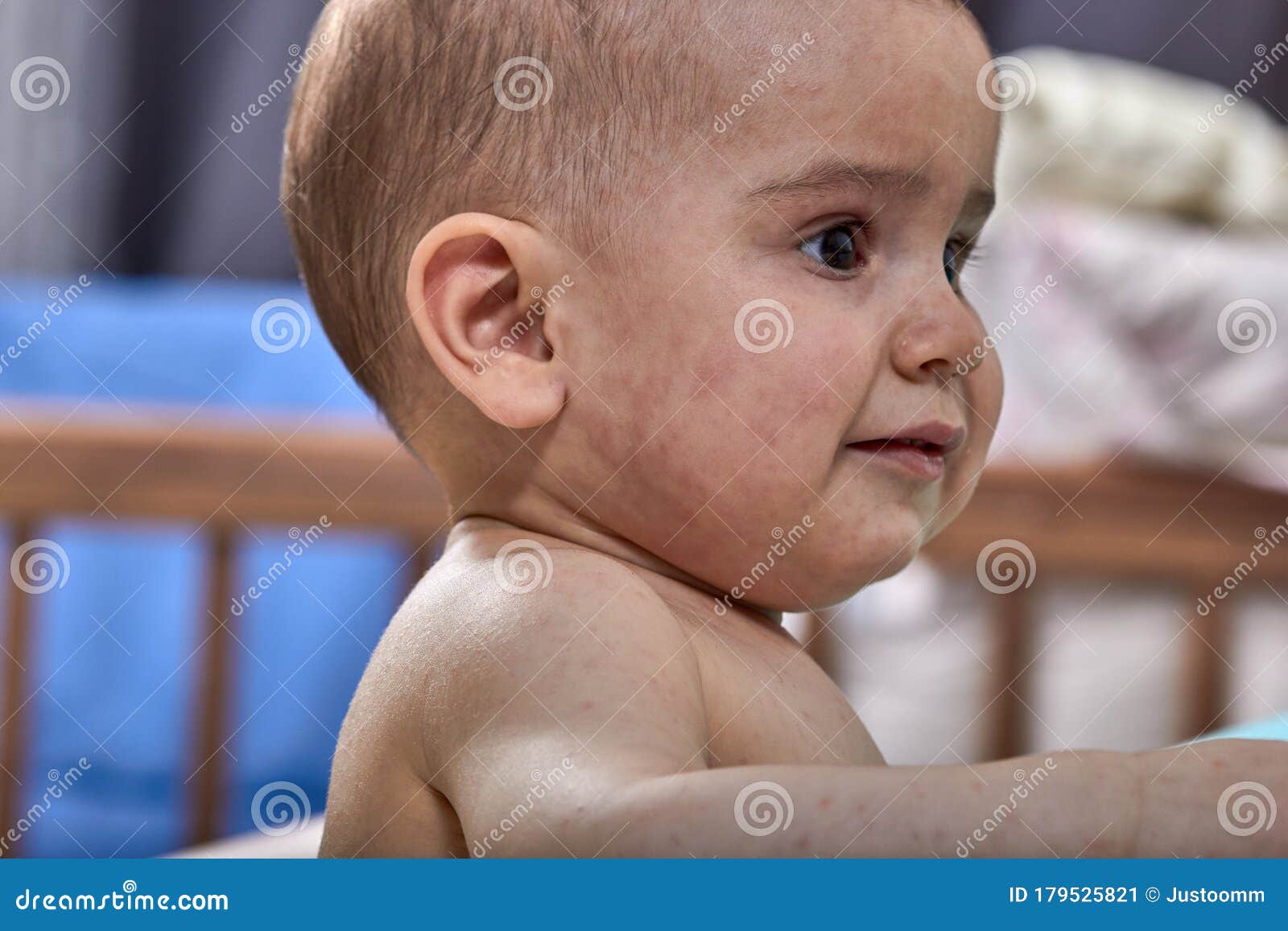
- Never give aspirin to children with chickenpox due to the risk of Reye’s syndrome
- The virus can reactivate later in life as shingles
- A shingles vaccine is available for older adults to reduce outbreak risk
Shingles: When Chickenpox Returns
Shingles occurs when the dormant varicella-zoster virus reactivates, usually decades after the initial chickenpox infection. It primarily affects older adults and those with weakened immune systems.
How does shingles differ from chickenpox? The rash is typically localized to one area of the body, often appearing as a band or strip. It can be extremely painful, with burning, tingling, or shooting sensations.
Can shingles spread to others? While shingles itself isn’t contagious, contact with the rash can transmit the virus to people who haven’t had chickenpox, potentially causing chickenpox in those individuals.
Treatment Options for Shingles
- Antiviral medications (e.g., acyclovir, valacyclovir) to reduce severity and duration
- Pain management through over-the-counter or prescription medications
- Topical treatments to soothe the rash
- Vaccination to prevent outbreaks in high-risk individuals
Molluscum Contagiosum: The Dimpled Bumps
Molluscum contagiosum is a viral skin infection that causes distinctive small, raised bumps on the skin. It’s common in children but can affect adults as well.

What are the characteristics of molluscum contagiosum lesions? Look for approximately 15 pinkish-red bumps with a central dimple. They often contain a white, waxy core.
How is molluscum contagiosum transmitted? The virus spreads through direct skin-to-skin contact or contact with contaminated objects like towels or sports equipment.
Does molluscum contagiosum require treatment? In many cases, the infection resolves on its own within 6-12 months. However, treatment options are available to speed up recovery:
- Topical medications like cantharidin
- Cryotherapy (freezing the lesions with liquid nitrogen)
- Curettage (scraping off the bumps)
Fifth Disease: The “Slapped Cheek” Rash
Fifth disease, also known as erythema infectiosum, is a viral infection caused by parvovirus B19. It’s most common in children but can affect adults as well.
What is the distinctive feature of fifth disease? The hallmark symptom is a bright red rash on the cheeks, often described as a “slapped cheek” appearance.

Are there other symptoms associated with fifth disease? Patients may experience fever, body aches, and a lacy, web-like rash on the arms, legs, and trunk that can worsen with sun exposure.
How long does fifth disease last? The rash typically clears up within 5-10 days, but may reappear intermittently for several weeks, especially in response to temperature changes, exercise, or stress.
Transmission and Prevention of Fifth Disease
- Spreads through respiratory droplets
- Most contagious before the rash appears
- Good hand hygiene and respiratory etiquette can help prevent spread
- No specific treatment is required; focus on symptom management
Herpes Simplex Virus: Cold Sores and Beyond
Herpes simplex virus (HSV) infections can cause distinctive skin lesions, most commonly appearing as cold sores or genital herpes.
HSV-1: Oral Herpes
What causes cold sores? HSV-1 is responsible for most cases of oral herpes, resulting in painful blisters on or around the lips and mouth.
How long do cold sores last? Outbreaks typically heal within 7-10 days without treatment, but antiviral medications can speed up the process.
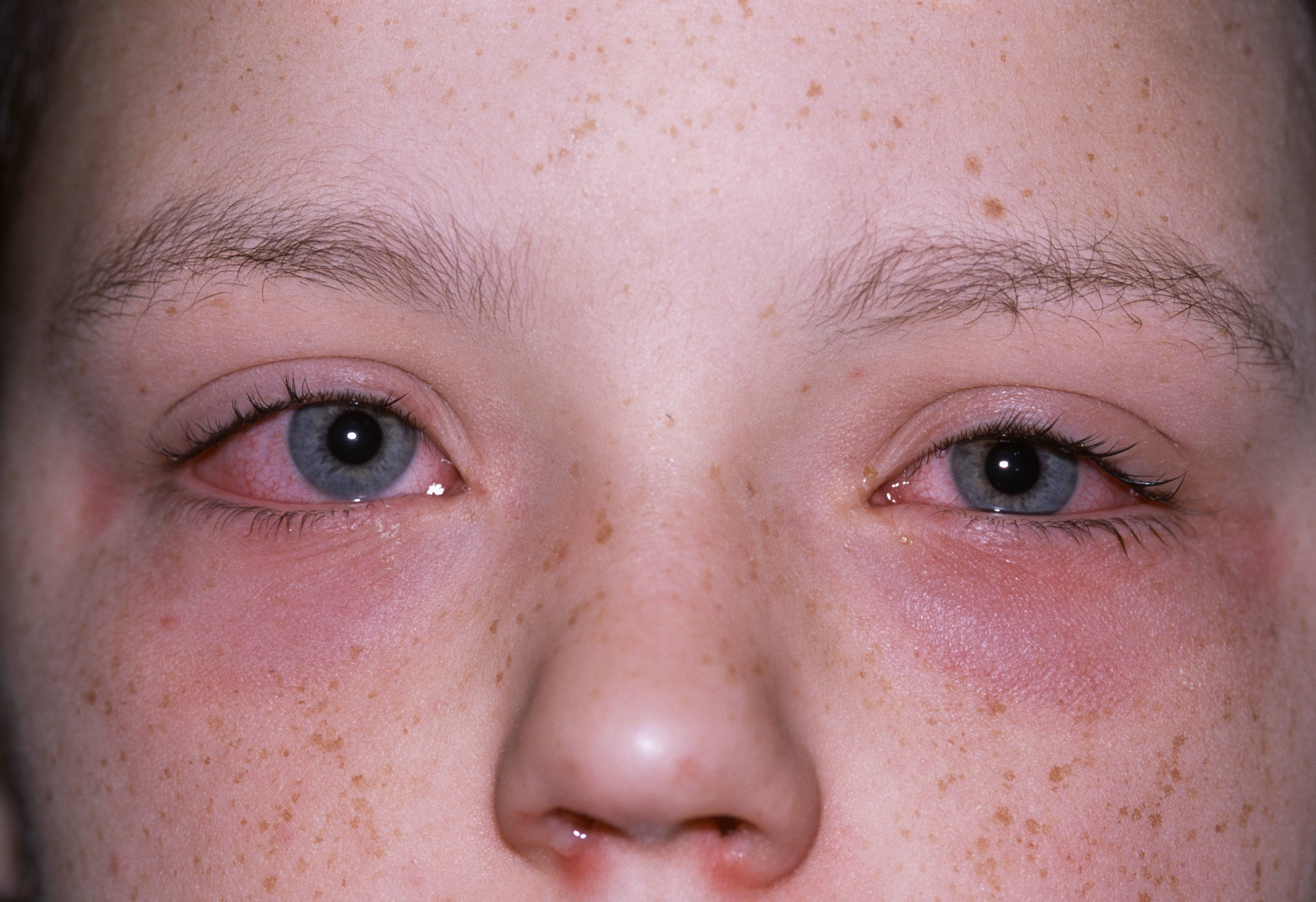
Can cold sores be prevented? While the virus remains dormant in the body, outbreaks can be triggered by stress, illness, or sun exposure. Identifying and avoiding these triggers can help reduce recurrences.
HSV-2: Genital Herpes
What are the symptoms of genital herpes? HSV-2 causes painful, blistering sores in the genital area. Some people may experience tingling or itching before an outbreak.
How is genital herpes transmitted? It spreads through sexual contact, including both intercourse and oral sex.
Are there treatments for genital herpes? Antiviral medications can help manage outbreaks and reduce transmission risk. Consistent condom use also lowers the risk of spreading the virus.
Hand, Foot, and Mouth Disease: A Childhood Classic
Hand, foot, and mouth disease (HFMD) is a common viral illness primarily affecting young children, though adults can sometimes contract it as well.
What are the characteristic symptoms of HFMD? The infection causes painful sores in the mouth and a rash with blisters on the hands, feet, and buttocks.
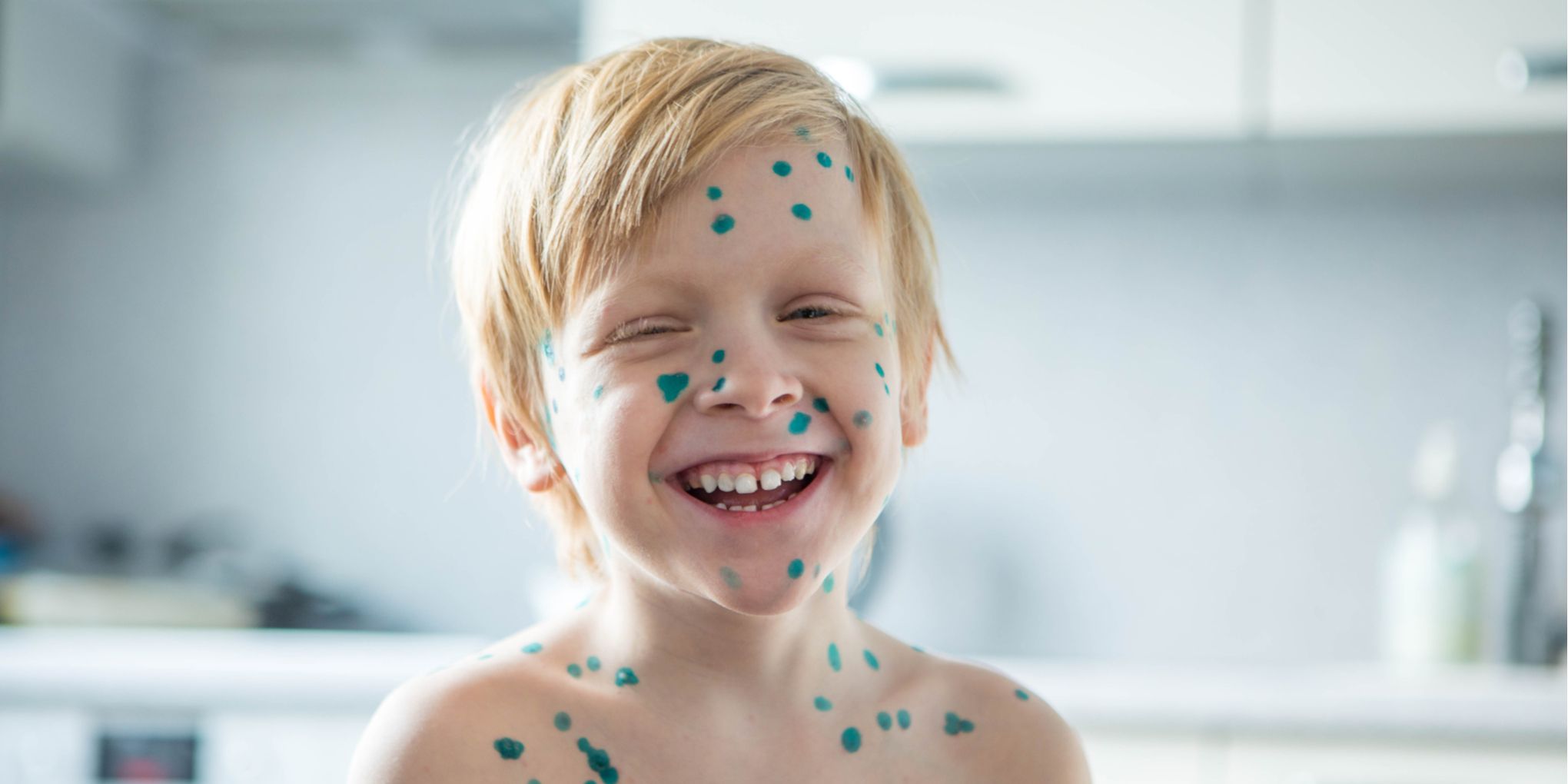
How long does HFMD last? Symptoms typically resolve within 7-10 days without specific treatment.
Is HFMD contagious? Yes, it spreads easily through contact with an infected person’s bodily fluids, including saliva, nasal secretions, and feces.
Managing Hand, Foot, and Mouth Disease
- Focus on symptom relief and hydration
- Use over-the-counter pain relievers and mouth rinses to alleviate discomfort
- Practice good hygiene to prevent spread to others
- Most people develop immunity after infection, but reinfection with different strains is possible
Measles: A Serious but Preventable Infection
Measles is a highly contagious viral infection that can cause severe complications. Thanks to widespread vaccination, it’s now rare in many parts of the world but remains a global health concern.
What does the measles rash look like? It starts as flat, red spots on the face and spreads downward to the neck, trunk, arms, and legs. The spots may join together as they spread.
Are there other symptoms besides the rash? Measles often begins with high fever, cough, runny nose, and red, watery eyes. Koplik’s spots (tiny white spots with bluish-white centers) inside the mouth are a telltale sign.
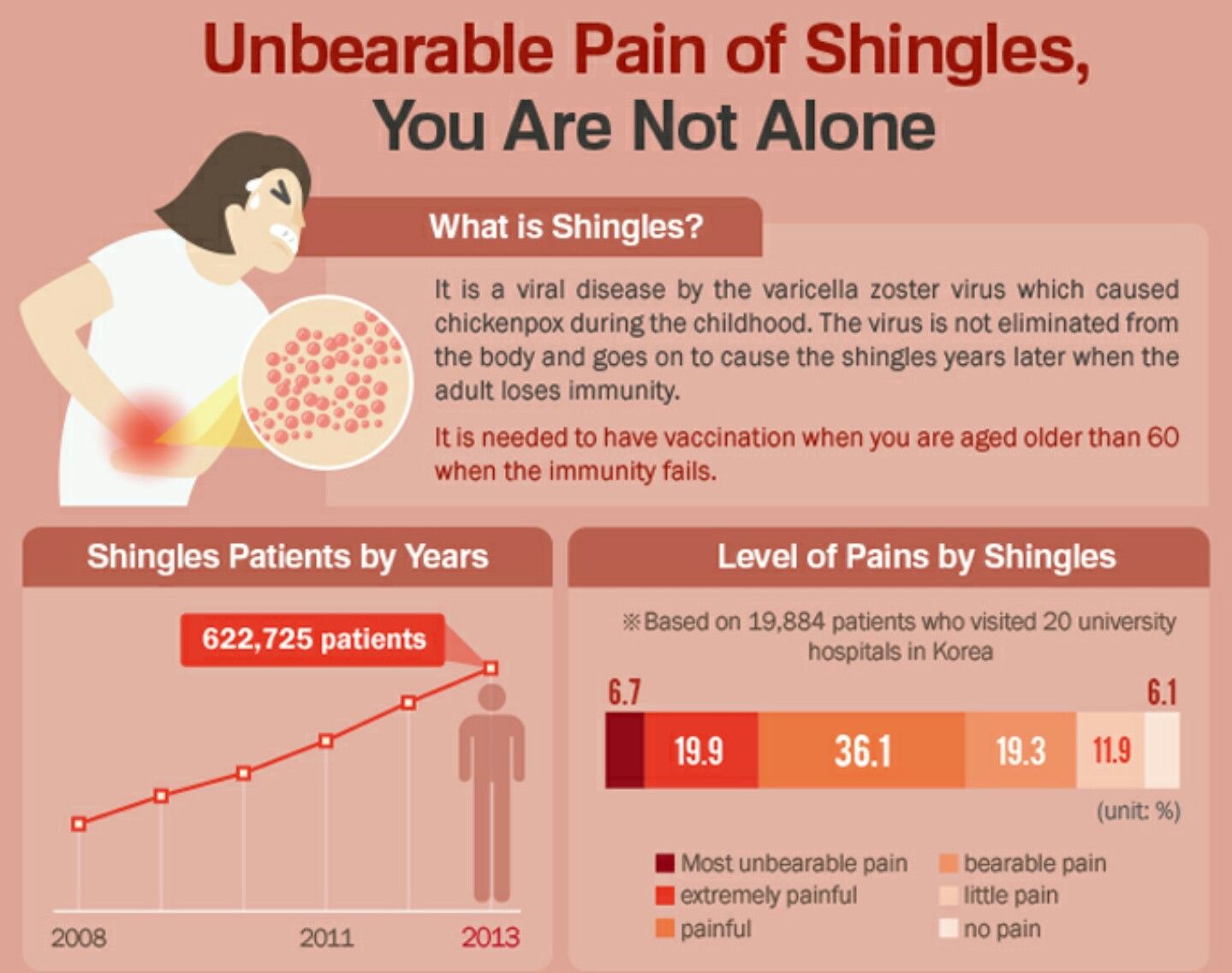
How serious is measles? While many cases resolve without complications, measles can lead to severe problems including pneumonia, encephalitis, and even death, particularly in young children and immunocompromised individuals.
Preventing Measles
- Vaccination is the most effective prevention method
- The MMR (measles, mumps, rubella) vaccine is typically given in two doses during childhood
- High vaccination rates in a community provide “herd immunity,” protecting those who can’t be vaccinated
- If exposed, unvaccinated individuals may still benefit from post-exposure vaccination or immunoglobulin treatment
Despite its rarity in developed countries, measles remains a significant global health threat. Recognizing its symptoms and understanding the importance of vaccination is crucial for public health.
Roseola: The Post-Fever Rash
Roseola, also known as sixth disease or roseola infantum, is a viral illness that primarily affects young children between 6 months and 2 years of age.
What are the initial symptoms of roseola? The infection typically begins with a high fever (often over 103°F or 39.4°C) lasting 3-5 days, accompanied by mild cold-like symptoms.
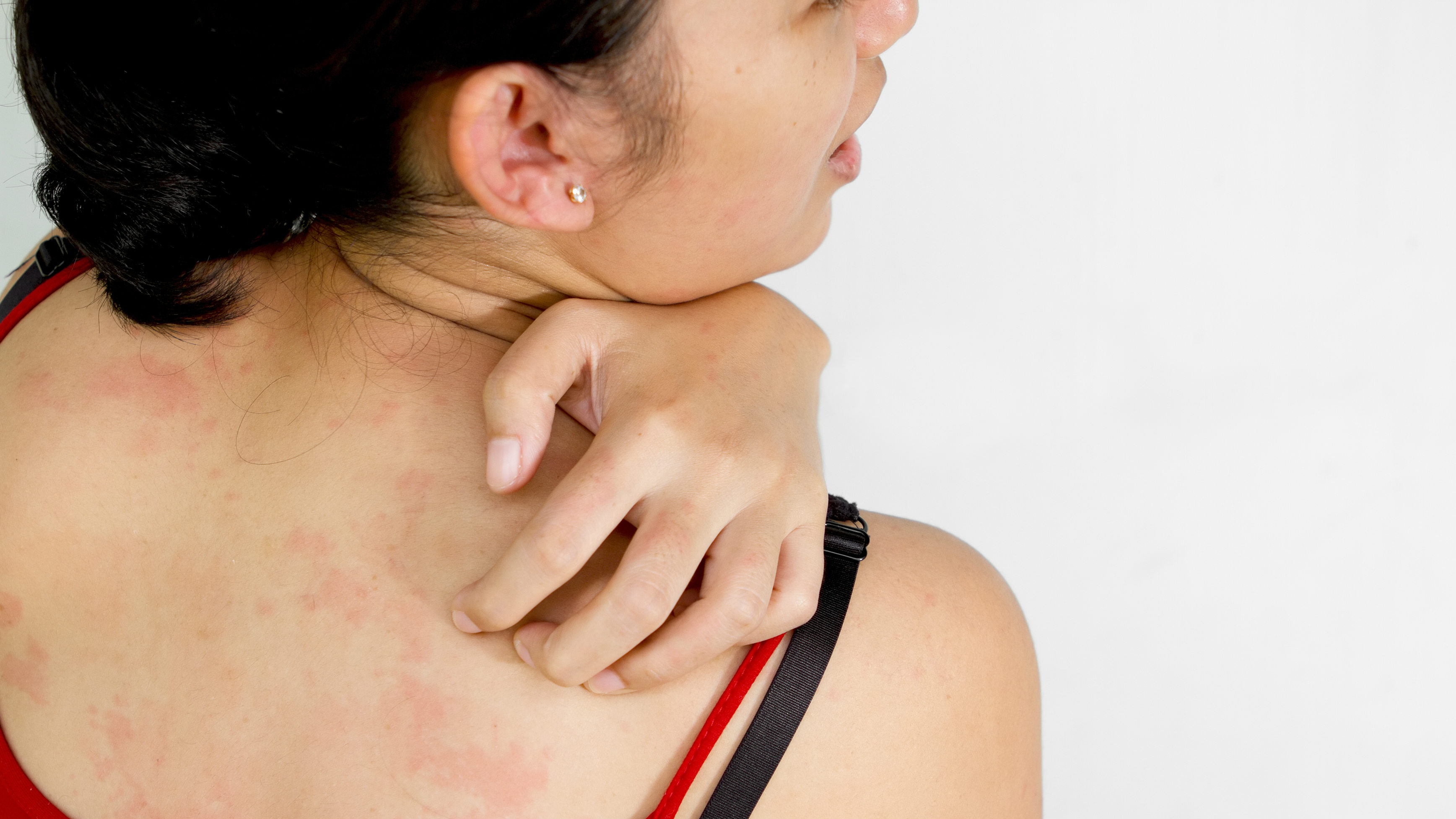
When does the rash appear in roseola? Interestingly, the characteristic rash usually appears as the fever breaks, leading to the nickname “post-fever rash.”
What does the roseola rash look like? It consists of small, pink, flat or slightly raised spots that typically start on the trunk and spread to the arms and legs. The spots may be surrounded by a white halo and usually blanch (turn white) when pressed.
Managing Roseola
- Focus on supportive care, especially during the fever phase
- Ensure adequate hydration and rest
- Use fever-reducing medications as advised by a healthcare provider
- The rash itself is usually not itchy or uncomfortable and doesn’t require specific treatment
While roseola is generally mild, it’s important to monitor for signs of complications, such as excessive drowsiness or seizures, particularly during the high fever phase.
Rocky Mountain Spotted Fever: A Tick-Borne Threat
Rocky Mountain Spotted Fever (RMSF) is a potentially severe tick-borne illness caused by the bacterium Rickettsia rickettsii. Despite its name, it occurs throughout the United States, not just in the Rocky Mountain region.

How is Rocky Mountain Spotted Fever transmitted? The primary vector is the Rocky Mountain wood tick, but other tick species can also spread the disease.
What are the early symptoms of RMSF? Initial symptoms often include fever, headache, nausea, vomiting, and muscle pain. The characteristic rash typically appears 2-4 days after the onset of fever.
What does the RMSF rash look like? It usually begins as small, flat, pink, non-itchy spots on the wrists, forearms, and ankles, then spreads to the trunk. As the disease progresses, the spots may become darker and more widespread.
Diagnosis and Treatment of Rocky Mountain Spotted Fever
- Early diagnosis is crucial for effective treatment
- Doxycycline is the treatment of choice for all ages
- Treatment should begin as soon as RMSF is suspected, even before lab confirmation
- Delayed treatment can lead to severe complications or death
Prevention focuses on avoiding tick bites through the use of repellents, protective clothing, and careful tick checks after outdoor activities in endemic areas.

HIV-Associated Skin Conditions
Human Immunodeficiency Virus (HIV) infection can lead to various skin manifestations, either directly or as a result of the compromised immune system.
What types of skin problems are common in HIV patients? HIV-positive individuals may experience a range of dermatological issues, including:
- Seborrheic dermatitis
- Psoriasis
- Kaposi’s sarcoma
- Oral hairy leukoplakia
- Increased susceptibility to fungal and viral skin infections
Is there a specific HIV rash? While there’s no single “HIV rash,” some people may develop a flat, red rash with small bumps during acute HIV infection or as a side effect of certain antiretroviral medications.
How are HIV-related skin conditions managed? Treatment depends on the specific condition but often involves a combination of topical treatments, systemic medications, and management of the underlying HIV infection through antiretroviral therapy.
The Importance of Skin Health in HIV Management
Regular dermatological check-ups are crucial for HIV-positive individuals. Skin changes can sometimes indicate changes in immune function or serve as early warning signs of opportunistic infections. Prompt recognition and treatment of skin issues can significantly improve quality of life and overall health outcomes for people living with HIV.
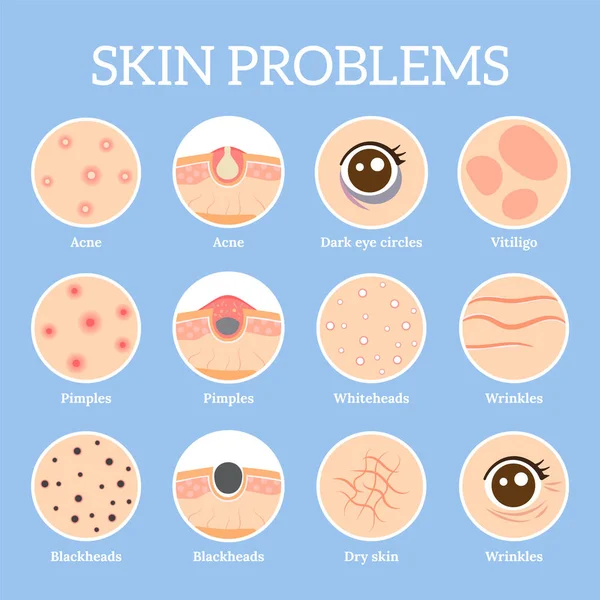
In conclusion, viral skin rashes present in various forms, each with unique characteristics and management strategies. From the classic chickenpox to the more complex HIV-associated conditions, understanding these rashes is crucial for timely diagnosis and appropriate treatment. While some viral rashes resolve on their own, others may require medical intervention. Preventive measures, including vaccination and good hygiene practices, play a vital role in reducing the spread of many of these infections. As always, consult with a healthcare professional for proper diagnosis and treatment of any persistent or concerning skin conditions.
Pictures of Viral Rashes in Adults & Children
Medically Reviewed by Jennifer Robinson, MD on November 22, 2022
Everyone knows about this viral rash. Or they used to. A new vaccine means few kids get chickenpox anymore. You might have a fever or sore throat before the telltale itchy spots break out all over your body. It’s very contagious, so it’s best to stay home until all the sores crust over. Never give aspirin to a child with chickenpox. It can cause Reye’s syndrome, which is rare but serious.
Once you’ve had chickenpox, the virus lives on inside your body. Later it may come back as shingles, a painful, blistering rash. It’s more likely as you get older. The virus is embedded in the blisters. Contact with the virus can’t give you shingles directly, but it could give you chickenpox if you’ve never had it. A shingles vaccine might help prevent an outbreak.
Look for about 15 pinkish-red bumps with a dimple in the middle and white gunk inside. Scratch them and you may spread the virus to other places on your body. You also could get it from someone’s skin. Wrestlers and gymnasts pick it up from used gym towels and sweaty mats. It may go away on its own, or your doctor might suggest topical cantharidiner or “freezing” the bumps with liquid nitrogen to get rid of them.
You also could get it from someone’s skin. Wrestlers and gymnasts pick it up from used gym towels and sweaty mats. It may go away on its own, or your doctor might suggest topical cantharidiner or “freezing” the bumps with liquid nitrogen to get rid of them.
Also called erythema infectiosum, it’s more common in kids. You get a splotchy red rash on the face that looks like a slapped cheek. You also might have a fever and body aches. A web-like rash could sprout on your arms, legs, and body parts that gets worse in the sun. You can catch it from droplets in the breath of an infected person. It usually goes away on its own in 5-10 days, but the rash could come back for a few weeks afterward.
You might not like the look of these itchy, painful sores on your mouth and lips. They come from a virus (HSV-1) that most people get as children from the spit of an infected person. The sores usually get better on their own, but your doctor may suggest antiviral pills or creams to help speed the healing. The virus stays in your body and could cause outbreaks when you are sick, anxious, or overtired.
The virus stays in your body and could cause outbreaks when you are sick, anxious, or overtired.
You can get it from sexual intercourse or from oral sex. Your genitals might tingle, itch, or burn before painful, blistering sores develop. These last 7-10 days before they crust over. The virus stays in your body even when you have no symptoms. Your doctor can prescribe drugs to limit or control outbreaks. Use a condom to lessen the chance you’ll get or pass on the virus.
Like the name says, you get a painful but not itchy rash on the bottom of your hands and feet and on the buttocks that may blister. You may have sores inside your mouth. Kids under age 10 get it most, often from an infected person’s pee, poop, snot, or spit. After that, most people build resistance. It usually clears on its own in 7-10 days.
If you’re not up to date on your vaccinations, this virus could cause a fine, pink rash that starts on your face and spreads to your body, arms, and legs. It disappears in the same order. You may also feel a bit sick and have a headache. You can get it from an infected person when they cough or sneeze near you.
You may also feel a bit sick and have a headache. You can get it from an infected person when they cough or sneeze near you.
Vaccines make this a rare disease in the U.S. But measles still kills more than 100,000 people worldwide, most under the age of 5. You might have a dry cough, sore throat, runny nose, and fever. Splotches of flat rashes flow into each other. One telltale sign is tiny white spots with bluish-white centers inside your mouth or cheek called Koplik’s spots. Call your doctor right away if you think someone has measles.
It usually infects kids between 6 months and 2 years old. It often starts with several days of sore throat, runny nose or cough, and a high fever. A rash of reddish flat or raised spots often follows. It starts on the trunk and spreads all over. The spots turn white when you touch them and could have little circles or “halos.” Call your doctor if the fever is over 103 F or the rash doesn’t improve in 3 days.
You can pick up this rare disease from bites from the Rocky Mountain wood tick. This eight-legged creature lives in the western U.S. in higher altitudes and picks up the virus as it feeds on squirrels, chipmunks, and mice. You’ll likely feel tired and achy with fever and chills. You could also have a headache, belly pain, vomiting, and a skin rash. There’s no pill for it, but in serious cases you may need hospital care to get better.
This eight-legged creature lives in the western U.S. in higher altitudes and picks up the virus as it feeds on squirrels, chipmunks, and mice. You’ll likely feel tired and achy with fever and chills. You could also have a headache, belly pain, vomiting, and a skin rash. There’s no pill for it, but in serious cases you may need hospital care to get better.
HIV is a viral infection spread through sex or IV drug use. It can cause a rash that’s flat and red with tiny bumps. In some cases, the skin might be very sensitive to sunlight or chemicals like cleaning agents. If you have HIV, you might also be more likely to get other conditions that cause rashes, like genital herpes, cold sores, Kaposi’s sarcoma lesions, and molluscum.
Kids between 9 months and 9 years often get this bumpy rash. It breaks out on the arms, legs, and bottom, sometimes with blisters. Viral infections like hepatitis B, Epstein-Barr, or cytomegalovirus can cause it. Other symptoms include runny nose, sore throat, and fever. The rash lasts from 10 days to several weeks. It usually goes away on its own, but your doctor might suggest using a steroid cream.
The rash lasts from 10 days to several weeks. It usually goes away on its own, but your doctor might suggest using a steroid cream.
Mono, aka the “kissing disease,” spreads through saliva. You also can catch the virus from a sneeze or cough or shared food. Teenagers get it most often. If your rash comes with a fever, sore throat, or swollen lymph nodes in your neck or armpits, it could be a sign of “mono” or some other viral infection. You treat it with plenty of rest, fluids, and over-the-counter pain meds. Talk to your doctor about unusual symptoms.
Most people who get it have no symptoms. But you could have a fever, headache, joint and muscle pain, and a rash on your body and around your eyes. You get it from the bite of an aedes mosquito, found all over the world, or from an infected person’s blood or semen or other sexual fluids. There’s no specific treatment, but rest, fluids, and over-the-counter drugs can help ease your symptoms.
IMAGES PROVIDED BY:
1) Voisin / Phanie / Science Source
2) akwitps / Thinkstock
3) Dr P.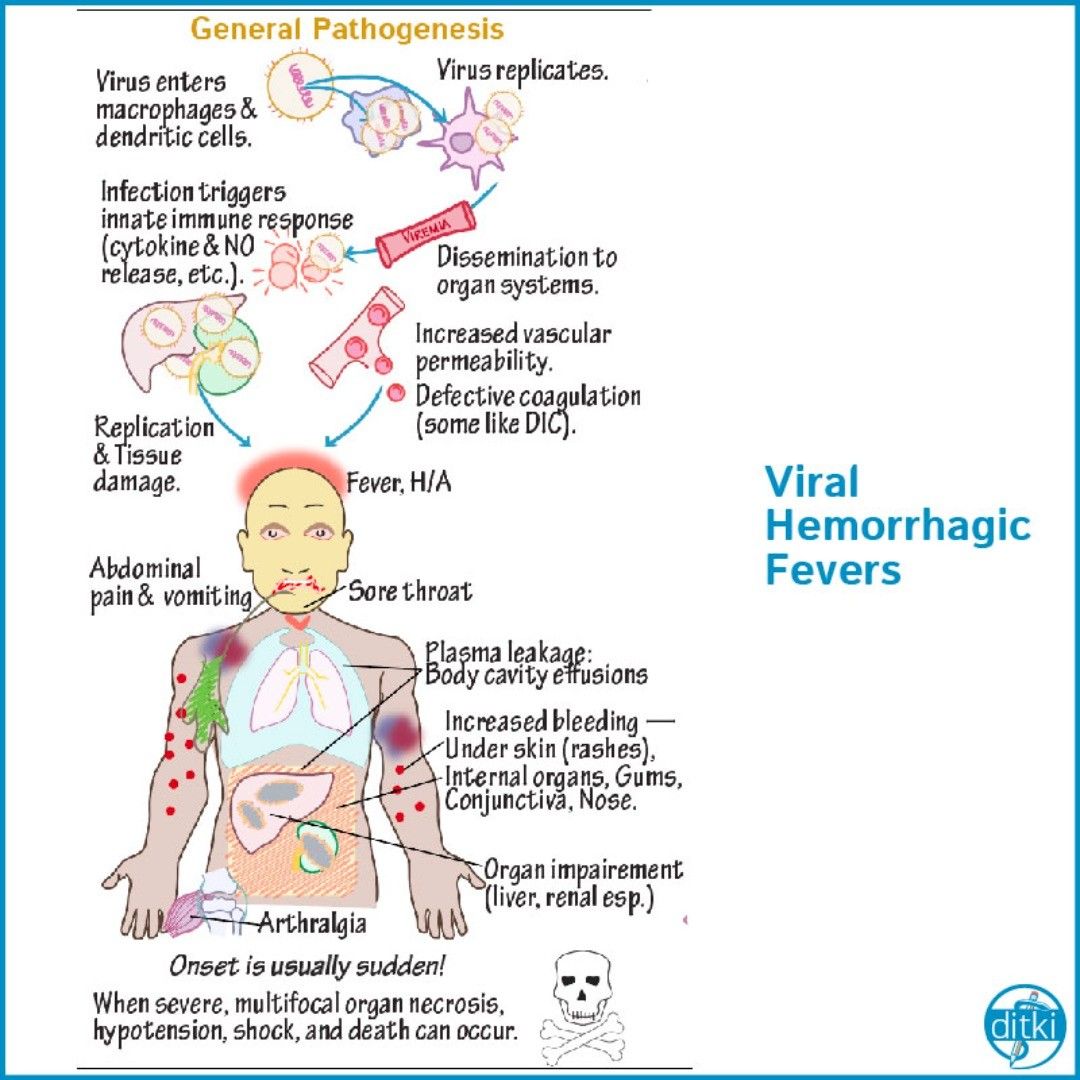 Marazzi / Science Source
Marazzi / Science Source
4) SPL / Science Source
5) apichsn / Thinkstock
6) Luis M. de la Maza / Medical Images
7) Dr P. Marazzi / Science Source
8) PR. PH. FRANCESCHINI / CNRI / Science Source
9) Dr P. Marazzi / Science Source
10) Biophoto Associates / Science Source
11) CDC / Science Source
12) Medical Images
13) Dermatology Atlas / Wikidoc
14) Biophoto Associates / Science Source
15) Cyware / Wikimedia Commons
SOURCES:
American Academy of Dermatology: “How to tell if a rash needs medical attention,” “Herpes simplex,” “Molluscum contagiosum.”
CDC: “Monkeypox,” “Colorado Tick Fever,” “Genital Herpes – CDC Fact Sheet,” “Genital Herpes – CDC Fact Sheet (Detailed).”
Mayo Clinic: “Mononucleosis,” “Zika Virus Disease,” “Roseola,” “Measles,” “Rubella,” “Hand-foot-and-mouth disease,” “Shingles,” “Cold Sore.”
NIH National Center for Advancing Translational Sciences: “Gianotti Crosti Syndrome. ”
”
Nemours Foundation: “Roseola,” “Chickenpox.”
Merck Manual: “Erythema Infectiosum.”
UC San Diego Health: “HIV-Related Skin and Complexion Conditions.”
© 2022 WebMD, LLC. All rights reserved. View privacy policy and trust info
Types, symptoms, treatment in adults, children and babies
Infectious rashes may be due to bacteria, fungi, or viruses. Common viral infection rashes include mononucleosis, chickenpox, and shingles.
This article looks at common types of viral rashes in adults and children. We also advise on how to identify them and when to see a doctor.
A viral rash is one that occurs due to a viral infection. It can itch, sting, burn, or hurt.
The appearance of viral skin rashes can vary. They may appear in the form of welts, red, brown, or purple blotches, or small bumps, and they might develop only on one part of the body or become widespread.
The duration of the rash also varies considerably depending on the type of virus that is responsible for it. A wide variety of viruses cause viral rashes.
A wide variety of viruses cause viral rashes.
While many viral infections affect people of all ages, some are more common in children and babies, and others primarily occur in adults.
The following are among the most well-known viral rashes:
The Epstein-Barr virus causes mononucleosis, which can affect people of all ages.
The virus most commonly spreads through bodily fluids, including saliva, which is why people nickname it the “kissing disease.”
The rash that develops in mononucleosis typically consists of small red bumps that can occur anywhere on the body, including the face and trunk.
On all skin tones, this rash may have pink undertones, though on darker skin the rash may be harder to see.
The rash is more prevalent among individuals taking certain antibiotics. According to research, 50–100% of children with mononucleosis developed a rash after taking penicillin derivatives.
Other symptoms of mononucleosis include:
- headaches
- fever
- a sore throat
- fatigue
Chickenpox can occur in adults and children, but it is more common in children.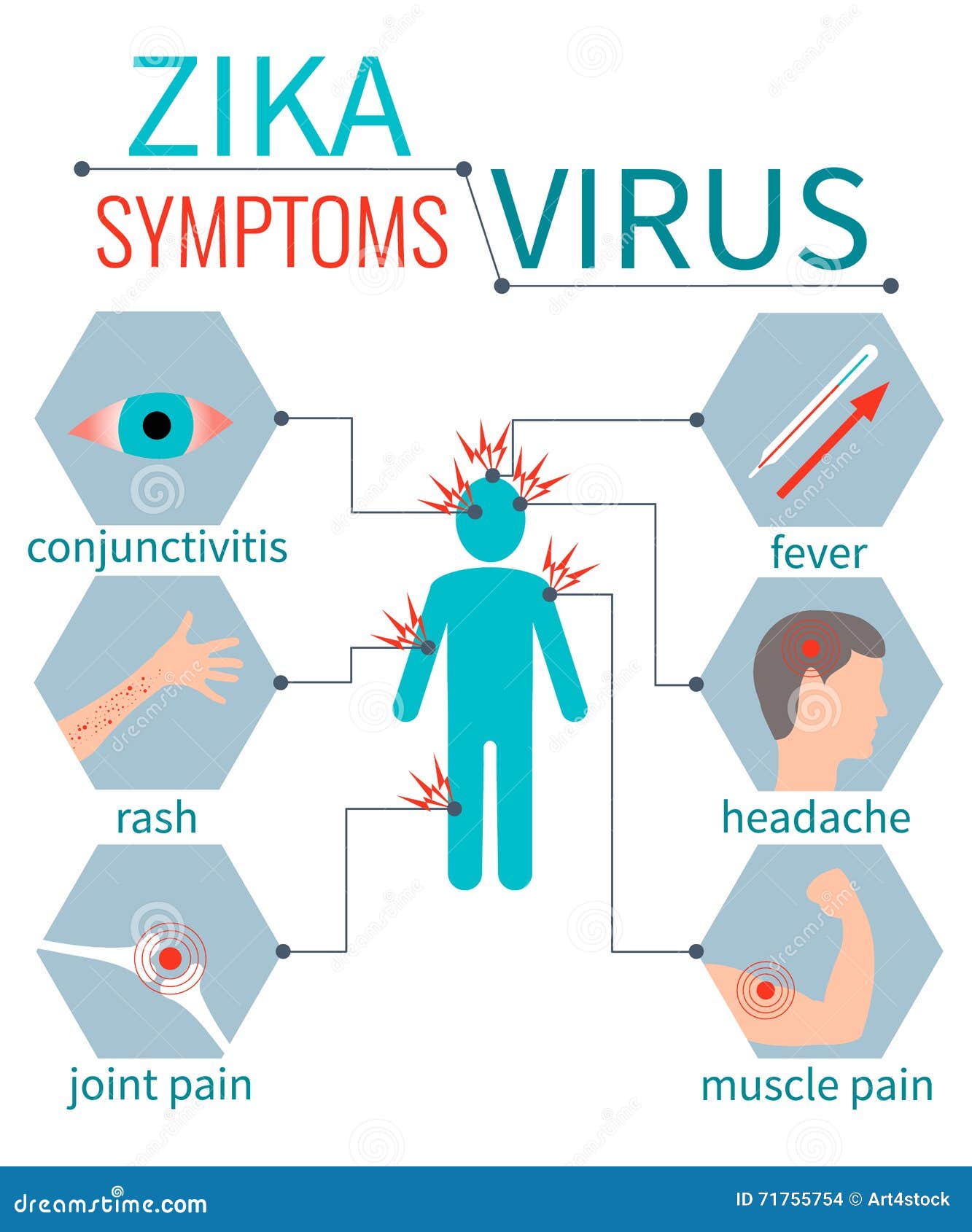 The varicella-zoster virus causes this illness.
The varicella-zoster virus causes this illness.
According to the Centers for Disease Control and Prevention, since the release of the varicella vaccine in 1995, hospitalizations and deaths from chickenpox in the United States went down by 93% and 94% respectively.
However, the infection can spread quickly among people who have not received the vaccine.
The rash often first appears on the chest and then spreads to other areas of the body. The rash pattern changes as the illness progresses. It starts with small fluid-filled vesicles that look like blisters, but after a few days, the blisters begin to pop, crust, and scab as they heal. The blister may look white or gray, including on darker skin.
Along with the rash, symptoms of chickenpox include:
- fever
- loss of appetite
- headaches
Shingles occurs most often in adults. The reactivation of the varicella-zoster virus, which also causes chickenpox, leads to the development of this rash.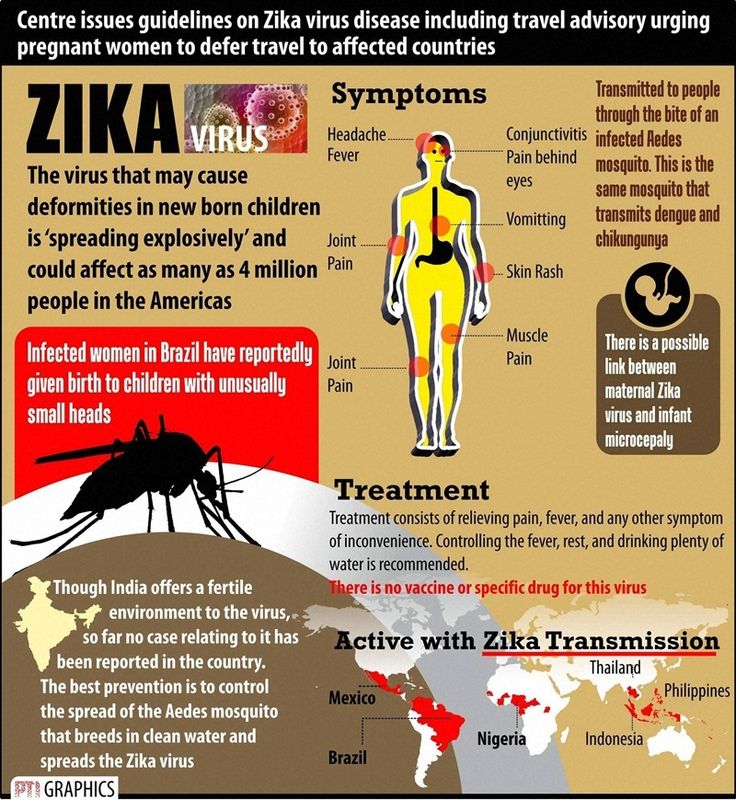
After a person has had chickenpox, the virus remains in certain nerve cells in their body. Although the virus often stays dormant forever, in some instances, it reactivates and leads to shingles.
Shingles involves a red, painful blistering rash that can develop anywhere on the body. On darker skin, a shingles rash may appear brown and may be harder to see.
Other symptoms of shingles include:
- nerve pain, which can be long lasting
- fever
- headaches
Measles causes a viral rash that usually starts behind the ears and spreads to the face, neck, and trunk. The rash may be less visible on darker skin.
The rubeola virus is responsible for this illness. Measles is different than German measles, which occurs due to the rubella virus and may also cause a rash. German measles is usually less severe than measles, but rubella can cause severe congenital abnormalities if a pregnant woman contracts it.
According to the World Health Organization (WHO), measles is a serious infection that is sometimes life threatening.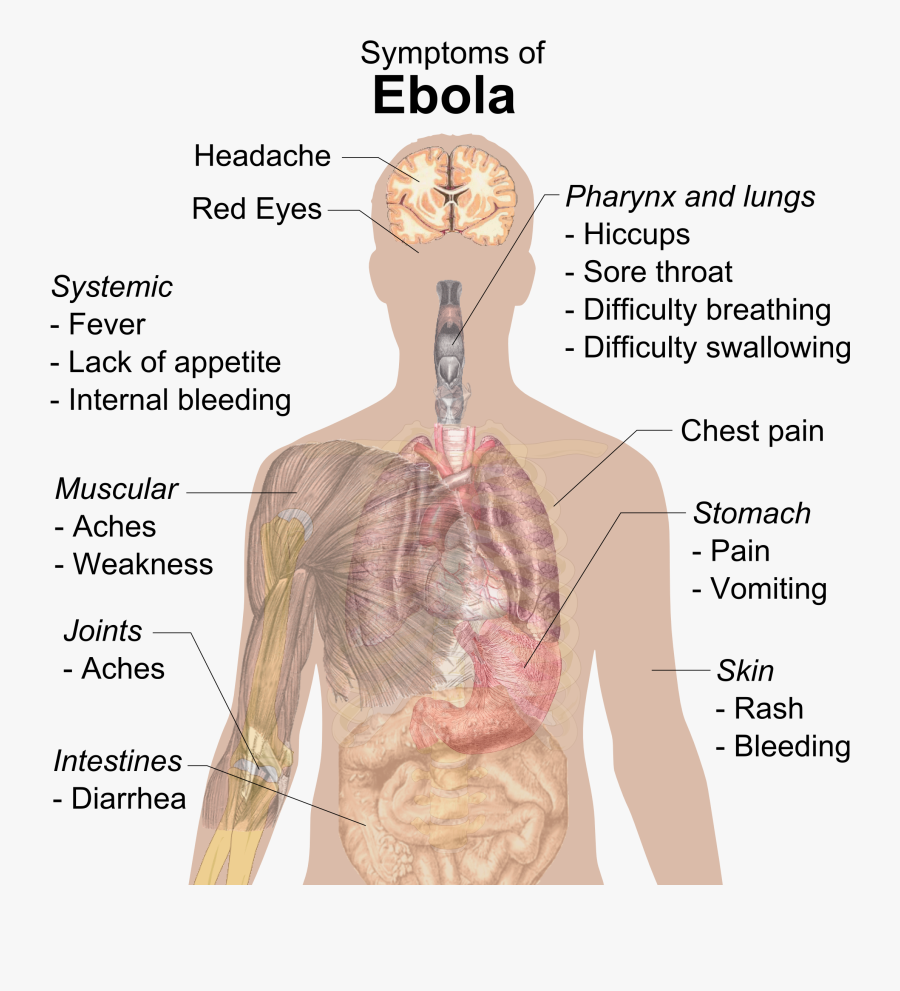 An estimated 140,000 people worldwide died from the virus in 2018, most of whom were young children.
An estimated 140,000 people worldwide died from the virus in 2018, most of whom were young children.
Despite the availability of a safe and effective vaccine, there has been a resurgence in the incidence of measles in the United States due to a reduction in vaccination rates.
Additional symptoms of measles include:
- fever
- runny nose
- cough
- watery eyes
Fifth disease typically causes a rash on the face that looks like a slapped cheek. The rash may be less obvious on darker skin. The rash may also spread to other areas of the body. Parvovirus B19 causes fifth disease.
According to the Centers for Disease Control and Prevention (CDC), although it can develop at any age, fifth disease occurs more often in children.
Common symptoms of fifth disease include:
- fever
- headaches
- joint pain
- a runny nose
Roseola infantum, which people sometimes refer to as sixth disease, most often develops as a result of the human herpesvirus 6.
The roseola rash appears as small pink spots that are usually flat. Like with fifth disease, the rash may be harder to see on darker skin. It may start on the chest and stomach before spreading to the arms and possibly the legs. The rash is generally not itchy.
Sixth disease mostly develops in infants between the ages of 6 months and 1 year. About 90% of cases occur in children under the age of 2 years.
Additional symptoms may include:
- sudden high fever
- a cough
- decreased appetite
A viral rash generally does not require treatment, but when specific antiviral medications are available, treating the underlying virus may reduce symptoms.
A person may take an over-the-counter non-steroidal anti-inflammatory drug (NSAID) such as ibuprofen (Advil, Motrin) or another, common analgesic such as acetaminophen (Tylenol) to reduce any accompanying fever.
Usually, as the virus clears up, the rash also subsides. In the meantime, people can try the following to ease itching, pain, and any other discomfort:
- Applying a topical lotion, such as calamine lotion or a topical corticosteroid, to decrease itching.
 It is best to use a product that is fragrance-free to reduce the risk of irritation. Read about other ways to relieve itching.
It is best to use a product that is fragrance-free to reduce the risk of irritation. Read about other ways to relieve itching. - Taking an oatmeal bath to soothe the skin and reduce itching. Colloidal oatmeal, which is different than edible oatmeal, is a good option for a bath. People can purchase colloidal oatmeal products in drugstores or online.
- Applying cool compresses to the skin to relieve pain and itching.
- Avoiding scratching the rash, as this can increase pain and may lead to a skin infection.
It is important to talk to a doctor before taking or giving a child over-the-counter antihistamines to decrease itching or acetaminophen to relieve pain. These medications may have adverse side effects.
Viral rashes can occur due to many common viruses, especially those that affect babies. Various illnesses, such as mononucleosis, chickenpox, sixth disease, and measles, cause a viral rash.
A viral rash may appear as small bumps, blisters, or patches in various parts of the body. The rash typically goes away once the illness has run its course.
The rash typically goes away once the illness has run its course.
Although the rash itself is not usually a cause for concern, the underlying virus may require medical care. Anytime a new rash develops, and the reason is unknown, it is best to see a doctor.
How long does a viral rash last?
This depends on the type of virus causing the rash. Some rashes will last for just a few days, while others may linger for a few weeks.
When should I seek medical attention?
Usually, additional systemic symptoms occur alongside a viral rash. The American Academy of Dermatology recommends seeking medical attention if a viral rash spreads too quickly, if there are signs of a bacterial infection, if it is painful, or if it lasts longer than a week without improving.
Can Covid-19 cause a rash?
Research shows that Covid-19 may cause a viral rash in as many as 20.4% of people infected with the virus. This rash is most likely to appear on the hands and feet. The rash may look similar to a rash caused by an allergy or infection, a rash with blisters, hives, or purpura.
While itching and business: named the most common skin manifestations of “Omicron” | Articles
Rashes all over the body, urticaria, inflammation of the skin of the lips with the formation of cracks, as well as covid fingers syndrome – these symptoms often accompany a coronavirus infection when infected with Omicron. As Izvestia was told at the Research Institute. G.N. Gabrichevsky Rospotrebnadzor, “micron” rash is more often associated with the action of the virus, and not with allergic reactions, and the more it is expressed, the more severe the patient’s condition. However, skin manifestations can be associated with taking drugs, and with disorders of the immune system. Therefore, experts recommend contacting a doctor if skin symptoms appear after an illness.
Skin covid
Observation of patients confirms that the Omicron strain causes a variety of skin symptoms more often. This was reported to Izvestiya by the Deputy Director for Clinical Work of the Moscow Research Institute of Epidemiology and Microbiology named after V.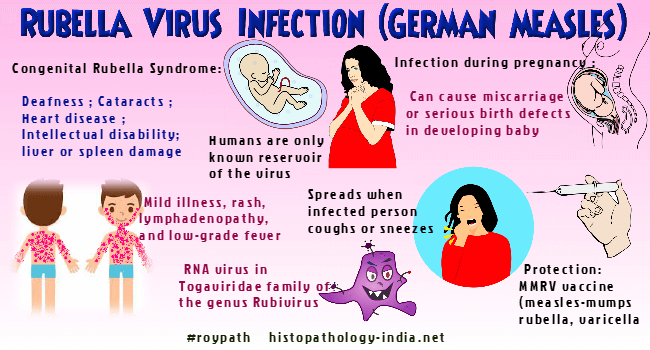 I. G.N. Gabrichevsky Rospotrebnadzor, doctor of medical sciences Tatyana Ruzhentsova. According to her, skin symptoms occur in about 5% of patients. These rashes are different: from barely noticeable on the hands to pronounced, spreading throughout the body.
I. G.N. Gabrichevsky Rospotrebnadzor, doctor of medical sciences Tatyana Ruzhentsova. According to her, skin symptoms occur in about 5% of patients. These rashes are different: from barely noticeable on the hands to pronounced, spreading throughout the body.
“The more pronounced the rash, the worse the condition,” said Tatyana Ruzhentsova. – Against the background of the main course of therapy, all skin manifestations disappear along with other symptoms. It is important to emphasize that a rash in case of coronavirus infection is more often associated with the action of the virus, and not with allergic reactions, and in most cases this is not a reason for discontinuing drugs, but rather an indication for more active therapy.
Photo: Global Look Press/imago stock&people via www.imago
The Rospotrebnadzor expert also spoke about a number of specific symptoms that began to appear more frequently. First of all, it is cheilitis – inflammation of the lips with dryness, the formation of cracks and crusts. This symptom is observed, as a rule, with improper treatment, progression of symptoms of COVID-19, more often in children with high body temperature, repeated vomiting and diarrhea.
This symptom is observed, as a rule, with improper treatment, progression of symptoms of COVID-19, more often in children with high body temperature, repeated vomiting and diarrhea.
– This always requires active treatment, – the specialist emphasized.
Also, according to her, with the advent of Omicron, the so-called covid fingers became more common – redness, swelling, the appearance of bubbles on the fingers and toes.
Itchy day
The fact that Omicron is more likely to cause skin symptoms was previously noted by experts from various universities, including the Harvard School of Public Health. T.Kh. Chana and King’s College London, in collaboration with Zoe in health sciences. They created an app through which people infected with the Omicron strain reported symptoms of the disease. This helped to reveal the features of a new manifestation – a rash of two types. One variety is similar to swelling of the fingers and toes from frostbite without itching (those very “covid fingers”), the second is like prickly heat with severe itching.
According to scientists, the second type of rash is the most unpleasant. It often starts with severe itching of the palms or soles early in the coronavirus infection. The symptom may persist for a long time after recovery. A rash like miliaria or chickenpox, which appears as small, itchy red pimples, can appear anywhere on the body, but is more common on the elbows, knees, and backs of the hands and feet. However, a number of experts urge not to associate these manifestations with a new strain.
Photo: Izvestiya/Zurab Javakhadze
— The listed symptoms — swelling of the fingers and toes like frostbite without itching, a rash like prickly heat with severe itching — have been described in patients since the beginning of the pandemic and are not a pathognomonic symptom for Omicron, — said “Izvestia” Olga Molchanova, head of the dermatology department of the CDC “Medsi”.
According to her, the appearance of rashes may be associated with an autoimmune lesion of the skin in response to a viral infection or the toxic effect of aggressive drug therapy.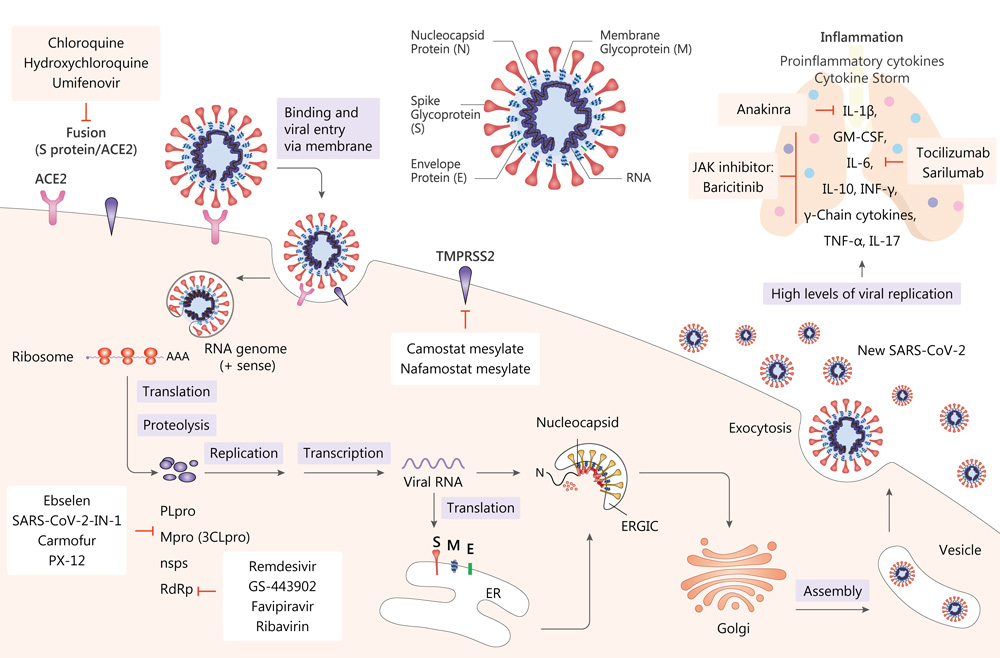 At the same time, American researchers warned that skin symptoms with Omicron often occur when there are no others. 21% of app users reported that a rash was the only symptom of the disease. Another 17% had a rash, which became the first symptom, thanks to which it was possible to detect the virus at an early stage.
At the same time, American researchers warned that skin symptoms with Omicron often occur when there are no others. 21% of app users reported that a rash was the only symptom of the disease. Another 17% had a rash, which became the first symptom, thanks to which it was possible to detect the virus at an early stage.
Practical Dermatology
Medical practitioners have also noticed that patients with rashes are increasingly seeking help during the spread of the new strain. Tatyana Sulima, a dermatovenereologist at the NAKFF clinic, told Izvestia that people with skin diseases of unknown origin, which had not been previously diagnosed and appeared precisely during the period of the disease with the Omicron variant, turn to her.
– As a rule, these diseases appear as skin rashes on the back of the hands, on the shins, on the neck and on the abdomen. Sometimes rashes also appear on the back. We do diagnostics and, as a rule, this rash is diagnosed as urticaria. Against the background of a large volume of medications that patients take, the body can not cope, there are inflammatory processes in the gastrointestinal tract, and all this is displayed on the skin. We prescribe appropriate ointments and medications in order to stop this disease and make life easier for patients,” the doctor said.
Against the background of a large volume of medications that patients take, the body can not cope, there are inflammatory processes in the gastrointestinal tract, and all this is displayed on the skin. We prescribe appropriate ointments and medications in order to stop this disease and make life easier for patients,” the doctor said.
Photo: Global Look Press/Christine Langer-Püschel
However, not only medicines are to blame, but also the peculiarities of the pathogenesis of the disease with Omicron. According to Tatyana Sulima, the immune system suffers due to COVID-19, and this is also reflected on the skin. With regard to specific manifestations, the lips are more often affected.
– Since Omicron affects the upper respiratory tract, in particular the throat, trachea, a lot of patients also come with chapped lips (cheilitis). This disease creates inconvenience for the patient and brings unpleasant consequences – it is very painful to eat and drink, because the lips crack, hurt, bleed, – said Tatyana Sulima.
Doctors emphasize the need to seek medical attention for acute skin symptoms after a coronavirus, as self-treatment in this situation can be dangerous.
Viral diseases of the skin | NEO
Viral skin diseases are caused by exposure to certain types of viruses.
The most common diseases include:
- Viral warts (warts, papillomas – viral infection)
- Dermatitis (allergic, seborrheic, perioral, eczema)
- Acne (acne, pimples, blackheads)
- Herpetic infections
- Herpes zoster
9000 3
Viral warts is one of the most common skin diseases. It occurs when the papillomavirus invades human skin cells. At the site of introduction, growths in the form of nodules appear. The virus can get on the skin through close contact with a sick person (handshake) or through contact with objects that he used (dishes, gadgets, etc.). The incubation period lasts from 2 to 6 months.
Depending on the type of virus that caused the wart, it can have a different shape, color and placement on the body. There are several types of viral warts:
- Flat warts
- Plantar warts
- Warts vulgaris
- Filiform warts
Treatment of warts at NEO Medical Center
Currently, the only radical method is removal existing growths with the help of drugs or physical impact. The following methods apply:
- Cryosurgery (liquid nitrogen applications)
- Electrocoagulation
- Laser coagulation
- Chemode structure (drug applications)
All of the above methods can be used as monotherapy or in combination between yourself.
Molluscum contagiosum is a viral skin disease caused by one of the smallpox viruses. Most often, children aged from one to 10 years get sick. The route of infection with molluscum contagiosum is contact. The threat is not only an infected person, but also household items. In adults, the sexual route of infection is possible with the localization of rashes on the skin of the genital organs. The incubation period is from 2 weeks to 6 months.
The route of infection with molluscum contagiosum is contact. The threat is not only an infected person, but also household items. In adults, the sexual route of infection is possible with the localization of rashes on the skin of the genital organs. The incubation period is from 2 weeks to 6 months.
9000 2 Mechanical removal
Cryodestruction
Radio wave surgery
Herpes infection is a skin disease caused by the herpes simplex virus type I. Infection occurs by airborne droplets and household contact from infected patients and asymptomatic virus carriers. The incubation period lasts from 2 to 14 days. Most often, the oral mucosa, skin of the face, trunk and upper limbs are affected. Rashes appear in the form of vesicles with transparent contents, more often painful on palpation. The herpes simplex virus type I persists in the body throughout life. Under the influence of provoking factors (hypothermia, stress, chronic diseases, etc.), the disease can take a relapsing course. 9
The herpes simplex virus type I persists in the body throughout life. Under the influence of provoking factors (hypothermia, stress, chronic diseases, etc.), the disease can take a relapsing course. 9
At the first contact with the virus, more often in early childhood, the clinical picture of chickenpox develops. After recovery, the virus remains in the body, hiding from the nerve endings. Activation of the virus can occur after several decades, under the influence of provoking factors (drafts, hypothermia, stressful situations, etc.)
On the skin of the trunk or the skin of the face, along the innervation of this nerve, sharply painful grouped vesicles with transparent contents appear. Soreness can persist for a long time after the disappearance of the rash.

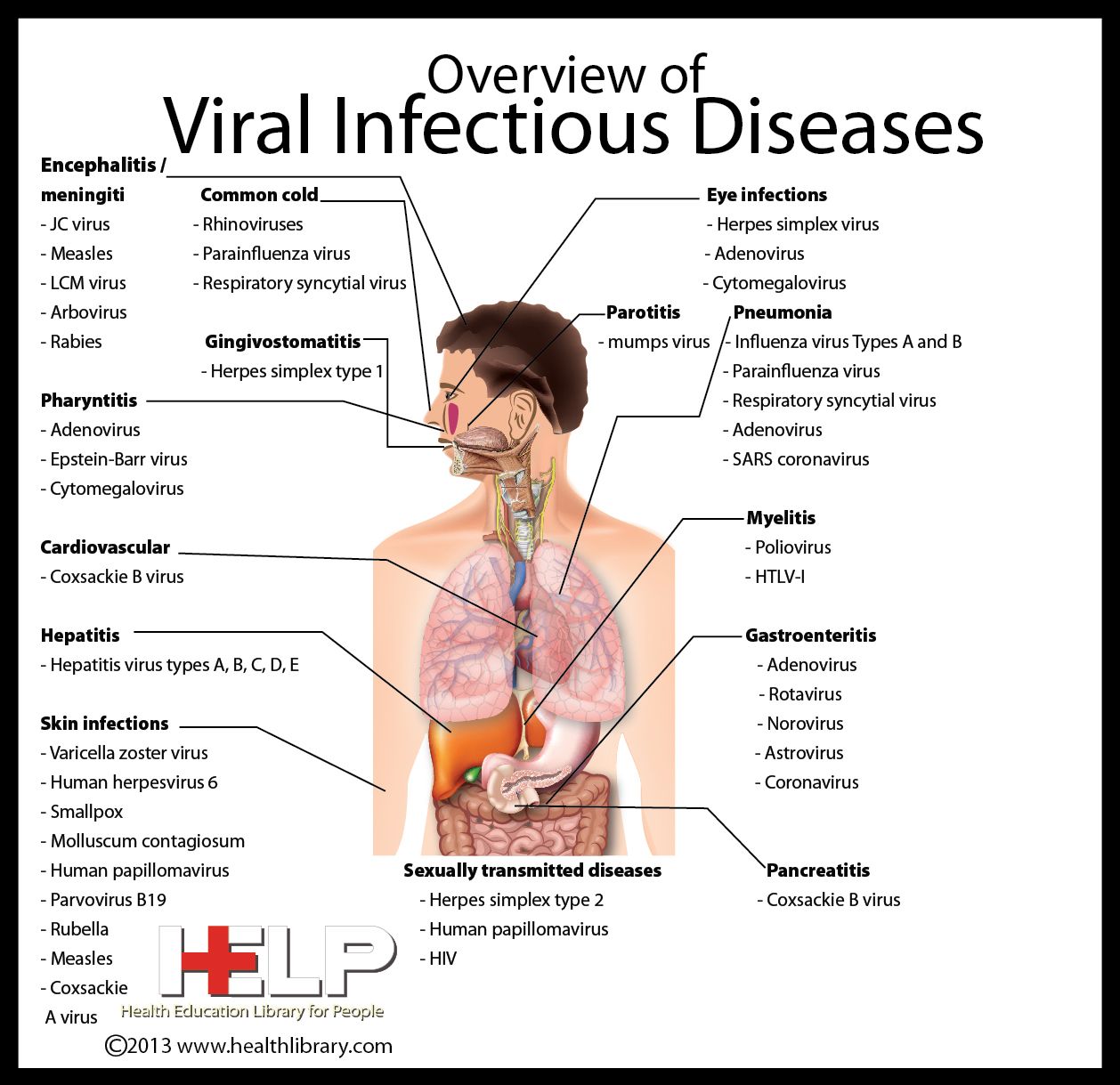 It is best to use a product that is fragrance-free to reduce the risk of irritation. Read about other ways to relieve itching.
It is best to use a product that is fragrance-free to reduce the risk of irritation. Read about other ways to relieve itching.